The recent collapse of the crypto exchange FTX has placed the spotlight on other players in the digital assets industry who must now prove to their customers that they remain financially sound. This includes the ability of their customers to verify the various assets held by the companies.
For instance, Binance just published its proof-of-reserves system for the company’s Bitcoin (BTC) holdings, according to a Bitcoin.com report. The new system initially works with the crypto exchange’s BTC holdings but will later be expanded to include other tokens as other “networks [are] being added in the next couple of weeks.”
With the collapse of FTX, the crypto community is starting to demand that centralized exchanges need to show proof of their reserves. Earlier, Kraken’s Jesse Powell argued that a true POR audit “requires cryptographic proof of client balances and wallet control.” Powell pushed forth The Merkle approach and shared the blog post titled “Proving Your Bitcoin Reserves” written in 2014.
Before Bimace, five crypto platforms have already shared full PORs that feature The Merkel approach. Three platforms - Coinfloor, Gate.io, and HBTC) – shared Merkle-based assessments for May 2020, May 2021, and August 2021. Meanwhile, Kraken and Bitmex are up-to-date as they shared assessments for this month.
Crypto supporters praised Binance’s move to share the company’s POR, which was announced by CEO Changpeng Zhao (CZ) on Friday. “This is amazing. Hope smaller exchanges quickly follow suit. Thanks for leading the way with this extremely important initiative. Having cryptographic proof of an exchange’s solvency is a serious game changer,” the whistleblower known as Fatman replied to CZ’s tweet.
A snapshot of Binance’s Bitcoin POR statistics recorded on Nov. 22, 2022, at 23:59 p.m. (UTC) shows the platform’s on-chain reserves at 582,485 BTC at customers’ total holdings at 575,742 Bitcoin. This means that Binance’s reserve ratio is around 101%.





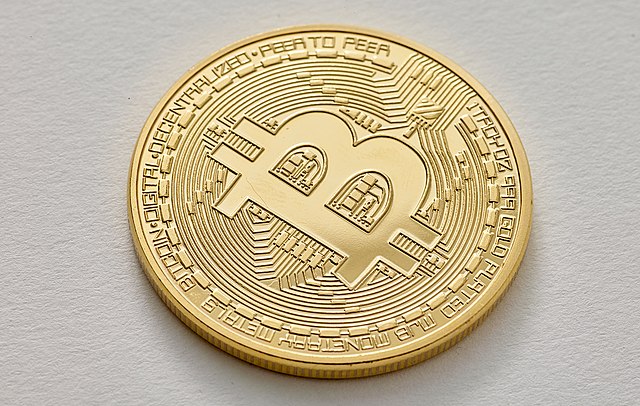
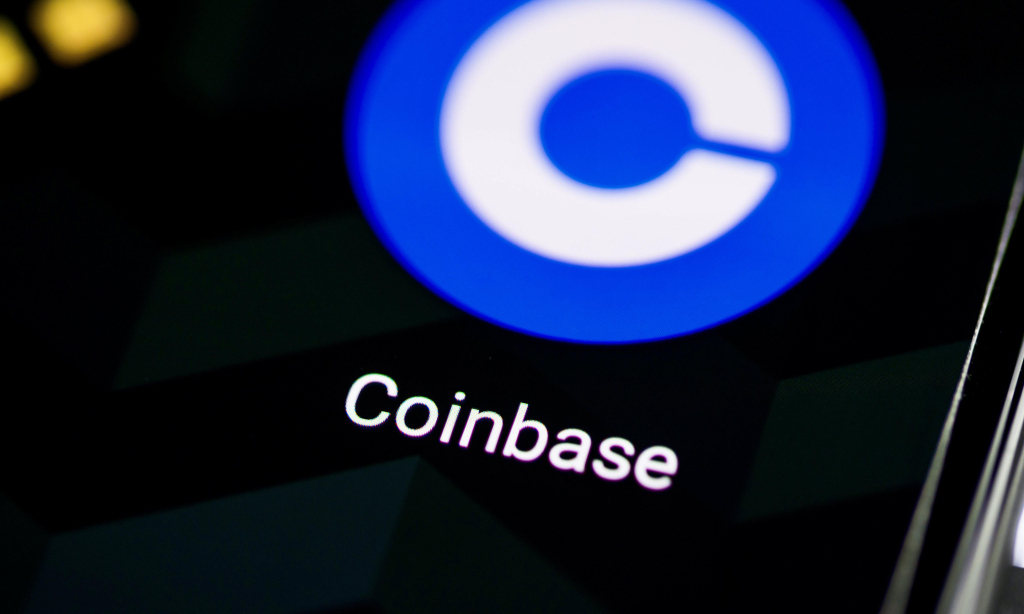

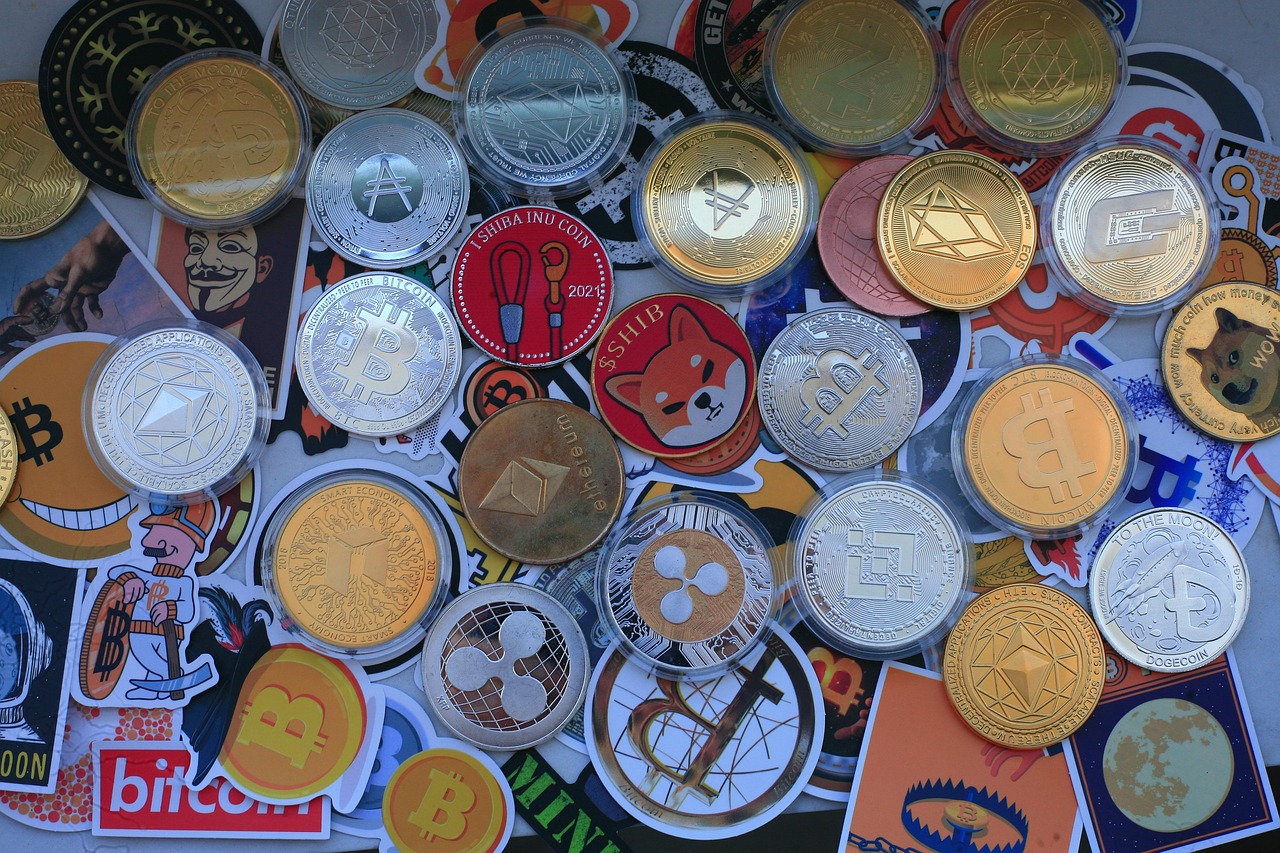

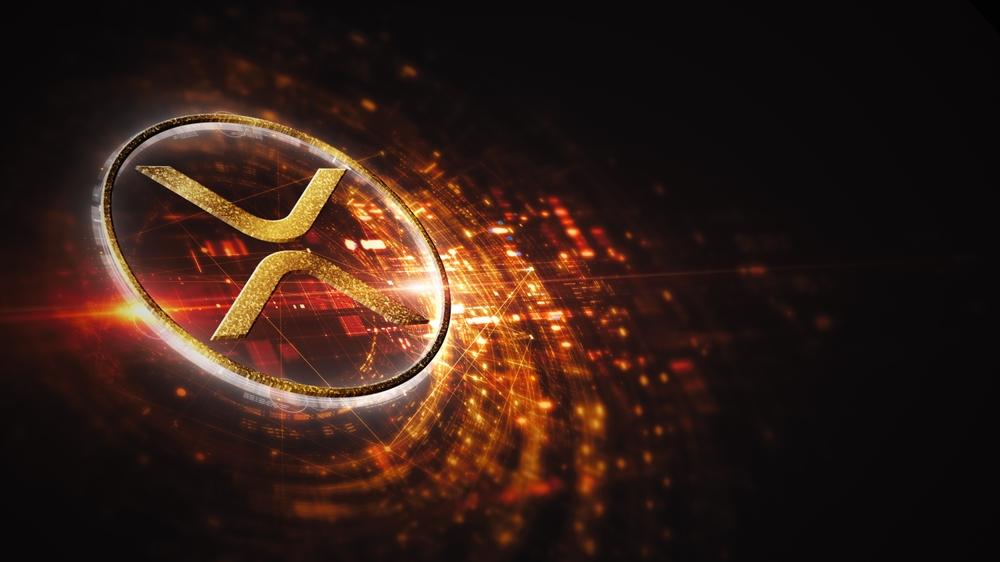

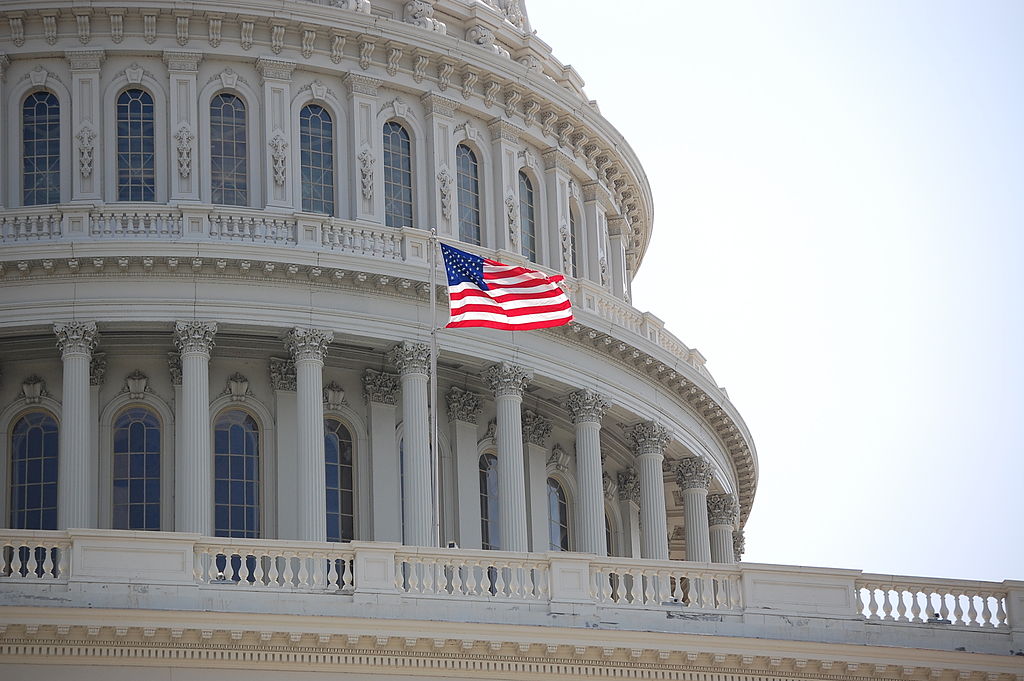



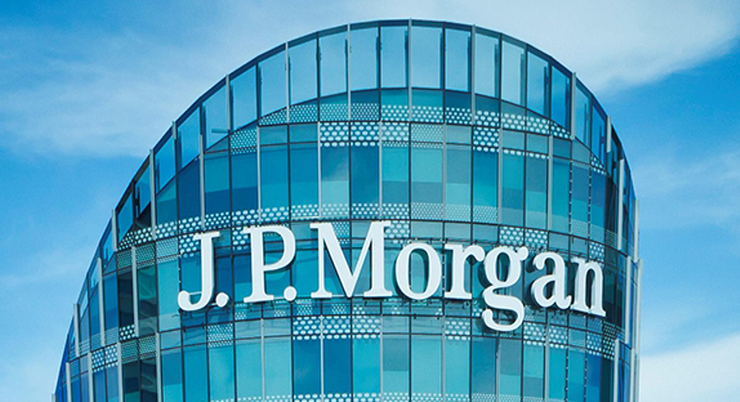
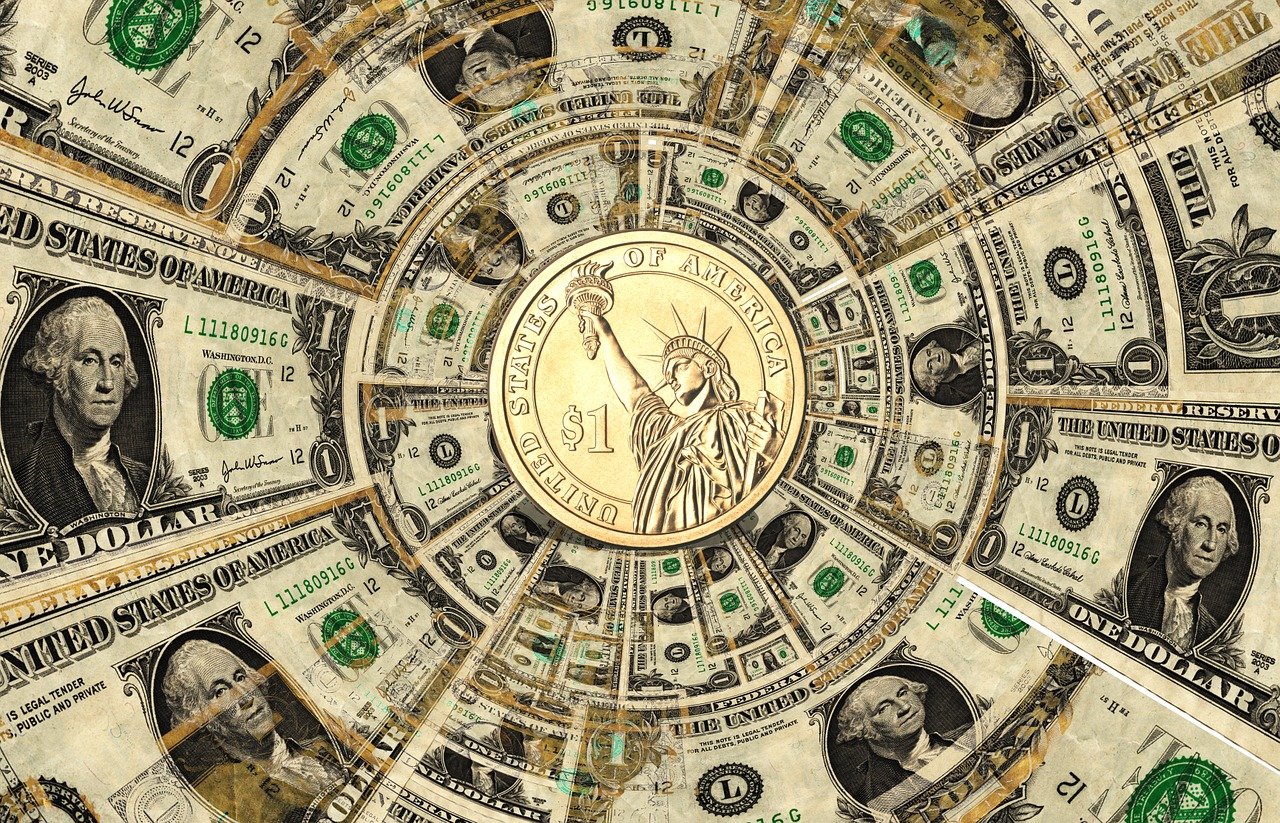




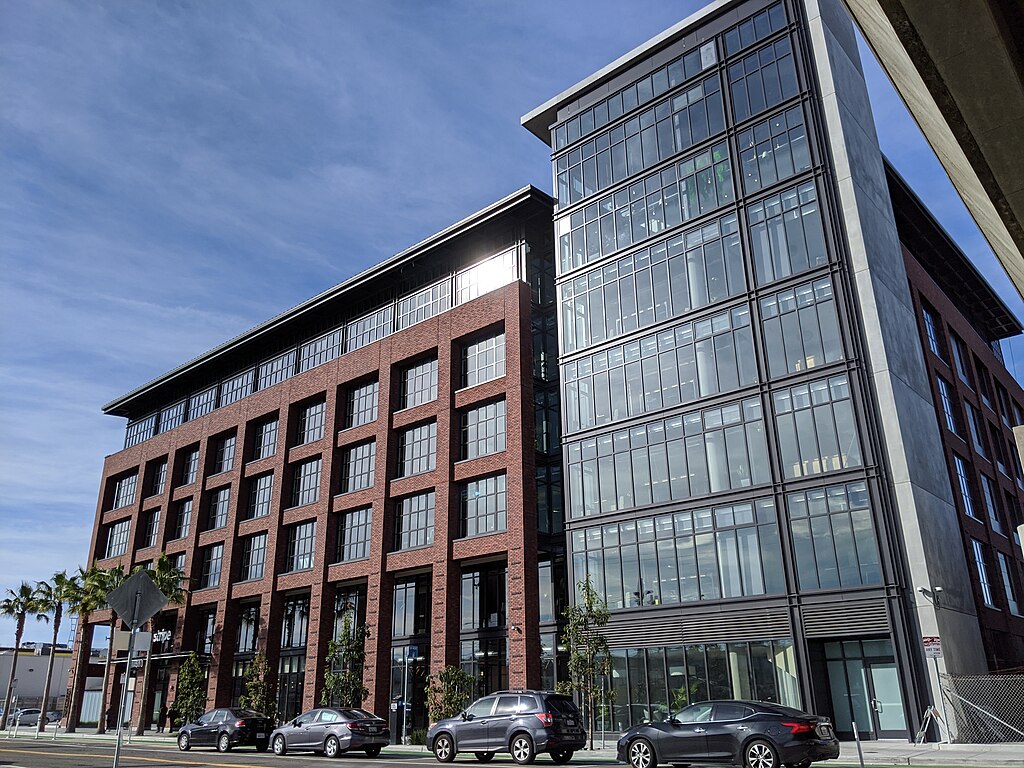
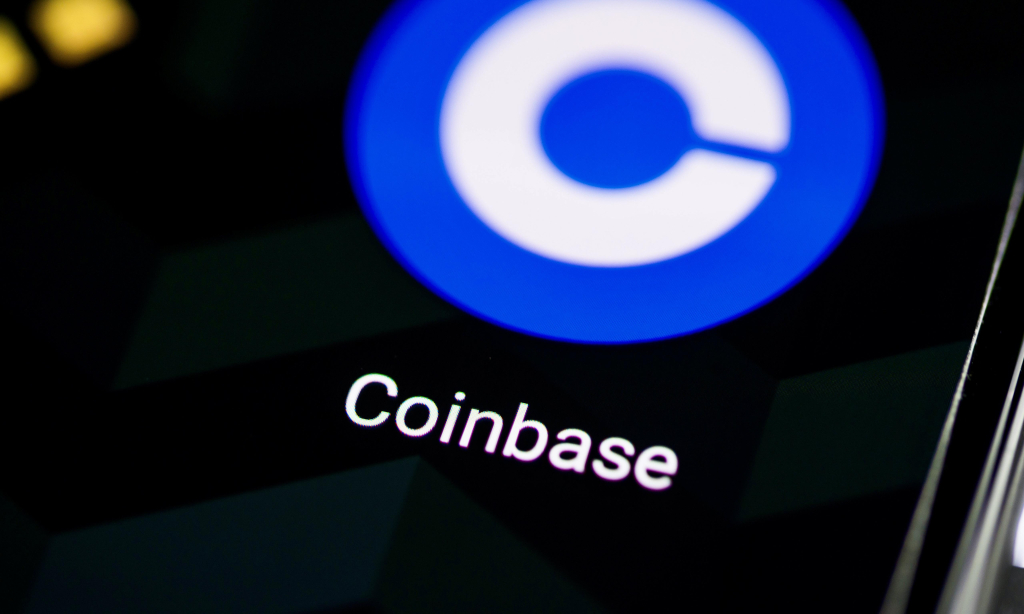


Comment 0